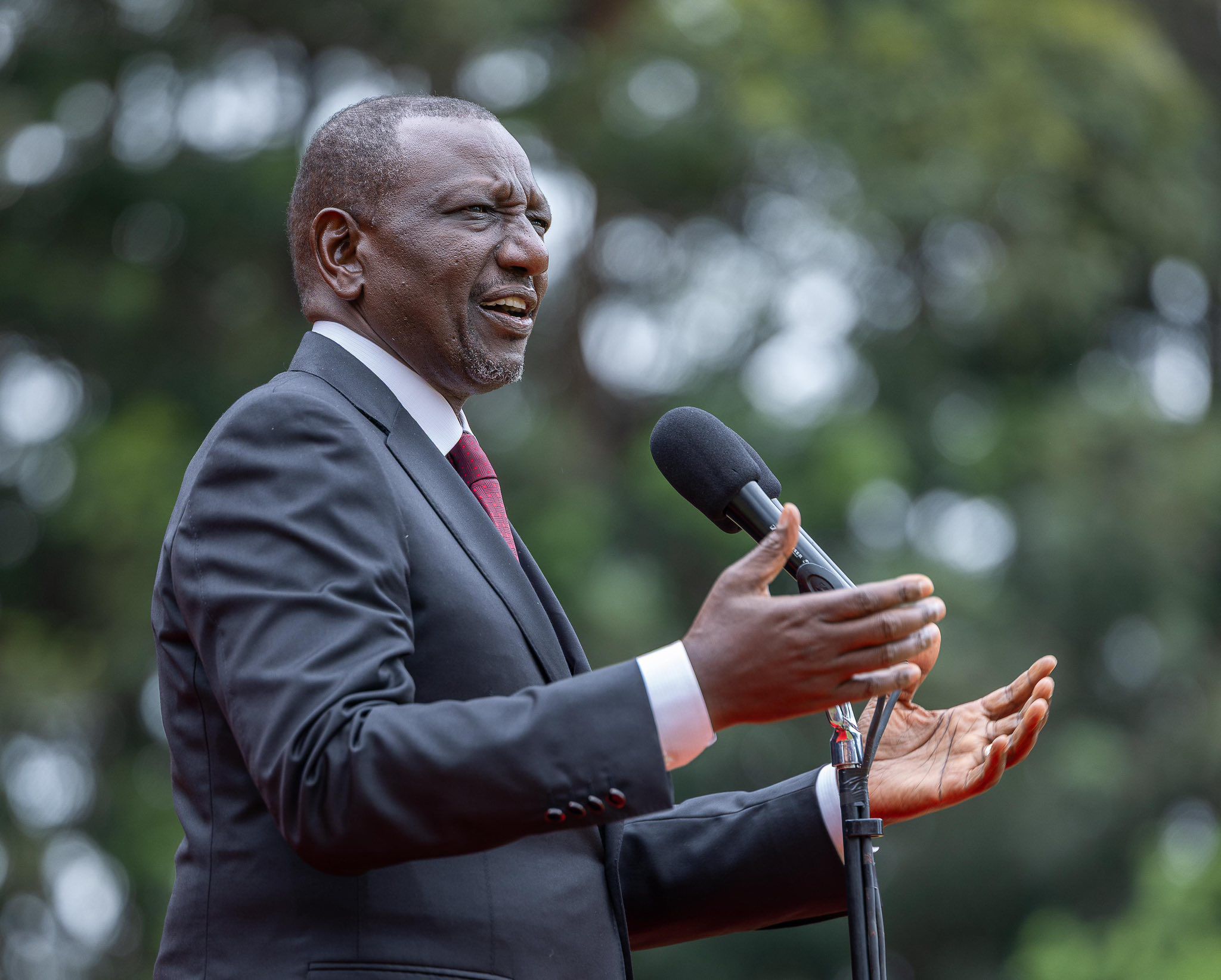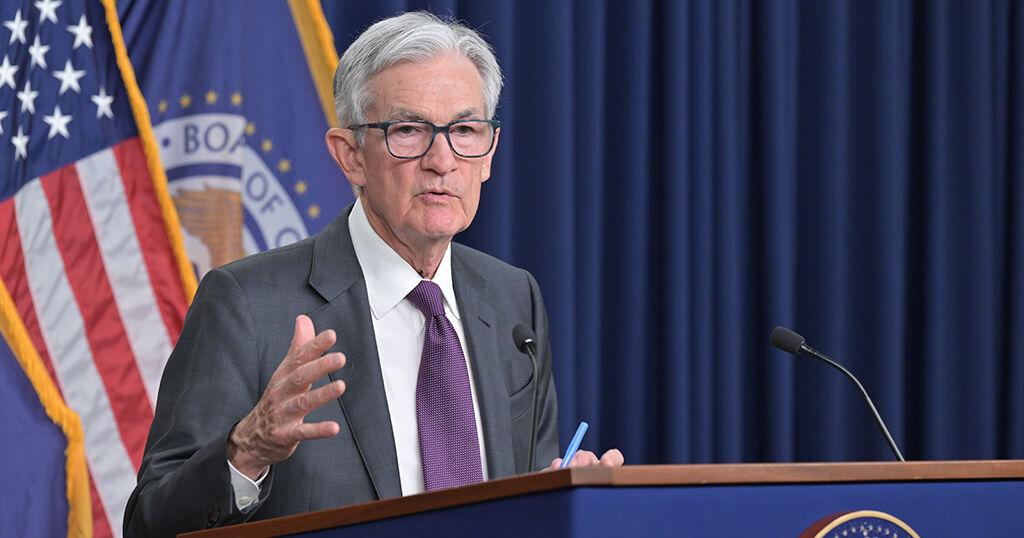Oil Market Heading For Surplus In 2025 On Latest OPEC+ Output Hike

An oil storage facility in Groot-Ammers, The Netherlands.
gettyThe global oil market is likely heading for a surplus this year following a higher than expected production hike by OPEC+ over the weekend.
At their meeting on Saturday, eight members of OPEC+, a select group of Russia-led oil producers and the Organization of the Petroleum Exporting Countries (OPEC) spearheaded by Saudi Arabia, opted to raise collective production levels for August by another 548,000 barrels per day.
Producers Saudi Arabia, Russia, Iraq, United Arab Emirates, Kuwait, Kazakhstan, Algeria, and Oman cited “healthy oil market fundamentals and steady global economic outlook” as the reasons behind the move indicating their belief that the global oil market can absorb the additional supply.
The move, which took the market by surprise, came after three consecutive output hikes of 411,000 bpd announced by OPEC+ in recent months. The series of hikes are part of the producers’ group’s attempt to unwind 2.2 million bpd of previously agreed cuts since 2022.
The latest hike implies 1.92 million bpd or over 87% of those cuts have now been unwound. As in previous instances, OPEC+ said: “The gradual increases may be paused or reversed subject to evolving market conditions. This flexibility will allow the group to continue to support oil market stability.”
For all intents and purposes, the volume of the hike is an oversized one demonstrative of OPEC’s intention of putting more barrels on the market for a greater market share.
The hope is that summer demand in the Northern hemisphere would absorb the additional barrels. However, the only issue that non-OPEC production is up at a record breaking pace led by the U.S., currently the world’s largest oil producer.
ForbesCan Better Liquidity, Pricing Diversity Help Absorb A Global LNG Glut?
ForbesStrait Of Hormuz: Why Iran Is Unlikely To Block Key Oil Shipping RouteBy Gaurav Sharma ForbesCrude Market Has De-Risked For Now. Are We Heading To Sub-$60 Oil?By Gaurav Sharma
According to the Energy Information Administration - statistical arm of the U.S. Department of Energy - in April, the nation’s crude production came in at an all-time high of 13.47 million bpd, breaking a previous record of 13.45 million bpd set in October 2024.
The ranks of non-OPEC producers are also being boosted by higher output from Brazil, Canada, Guyana and Norway. Collectively, non-OPEC production growth is likely to rise by 1.4 million bpd, according to the International Energy Agency.
Notwithstanding any additional OPEC+ barrels, such levels of non-OPEC growth alone are more than sufficient to account for global demand growth projections for this year that have been put forward by various forecasters. These range from 0.72 million bpd to 1.3 million bpd, with IEA and OPEC being at the opposite ends of that range.
With additional barrels flowing in from all corners, there are fears the oil market may end up with a surplus of as much as 500,000 to 600,000 bpd, perhaps even more. As it becomes pretty apparent that OPEC+ now wants to take the fight to non-OPEC producers in a bid for market share, oil prices will likely head lower.
Back in May, prior to the escalation of tensions in the Middle East the following month, Goldman Sachs was predicting sub-$60 average oil prices - $56 for Brent and $52 for U.S. benchmark West Texas Intermediate - as they head lower in the second half of the year.
It was part of a rising number of its peers lining up to trim their price predictions for 2025-26 down to the $60s or below. Barring a major geopolitical escalation or macroeconomic event, OPEC+ has brought that world a lot closer with its latest hike.












